Since I had a little time on my hands today, I thought I’d publish some animal watermarks. These images will be from the upcoming publication, The Secret Life of Watermarks, due in March 2017.
If you don’t know what a watermark is, it is a wire design that is stitched onto the paper mold. The stuff (yes that’s its actual name) or paper pulp is then gathered and smooched about on the mold and couched in piles, pressed and dried. This is a very basic explanation. Further and more complex details can be found all over the internet and in books such as Dard Hunter’s Papermaking (Dover Press).
So where the stuff touches the wires, less pulp is deposited and when the sheet dries there is a space, not really an impression, but more a lack; an image appears when you hold the sheet up to the light.
Why animals? i don’t know. Who actually knows. There are no papermaking tales about why watermarks began, or why certain symbols were chosen. However the watermarks exist. The tête de boeuf or Bull’s head is one of the more ancient marks as it represents resilience and calm strength. In the 15th and 16th centuries printers had allied themselves with painters, whose patron saint was St Luke. St Luke’s symbol was the bull; so this may be one reason why the tête de boeuf was a popular mark for so long.
- Bull’s Head/Ox Head/ Tete de Boeuf
- Doctored image of tete de boeuf
- Googly eyes in a partial image
The big difference in the bull’s heads can be seen in the eyes, the ears and the nostrils, all changing shape. There are blank bull’s heads, heads with a variety of eyes, heads with nostrils or a strip for a nose, and the ears can change shape. The horns remain the same, however above the head there can be a variety of sticks with crosses, stars or snakes.
Snakes: are found in Italian, French and German papers. While they may have been associated with Italian families, the snake denoted a type of thin paper called “serpente” (Briquet VolIV). These were usually high quality papers. Paper from Milan, home of the Visconti family, usually had the snake devouring a child or saracen. Sometimes the prey is just a little round ball.
Snakes found on edges of paper generally come from the South West of France, from towns such as Toulouse, Pau, La Rochelle and Narbonne.
- Another snake with crown
- Snake with Crown
- Snake around chainline
- Ouroboros in RBq 910.8 C563
Birds in various shapes can also be found hiding inside books from the 16th and 17th centuries. Let me show you a peacock:
- Peacock found in a book printed in 1508
- Traced peacock
- Early bird – chicken? IN a book from 1486
- Bird on 3 mounds in circle – was the first bird I found – dates to 1765
Some watermarks are hard to make out. I asked my son Max to photoshop some colour and printing off some hard to see watermarks. another way for me to better visualise the image was to print out the photos and use a white marker to trace the lines; only the lines I could see. I had to stop myself from assuming where lines might be.
- Stag in circle found in a book written in 1511 but printed in 1690
- Photoshopped stag
- EPSON MFP image
- Ibex or goat found in a book printed in Venice in 1708
- In RBq JES 1355 there was a rearing stag. The book was printed in Augsburg in 1727
The stag is seen as often as the bull’s head. While it originated in Italy, there are many variants of this image all over Europe. Most common are the head and antlers, with the antlers as double lines.
Maybe that’s enough for today. I need to get back to finding out more about the watermarks!


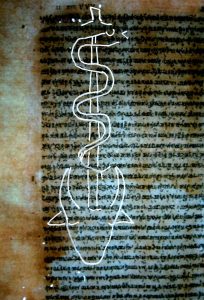
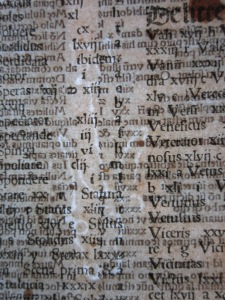






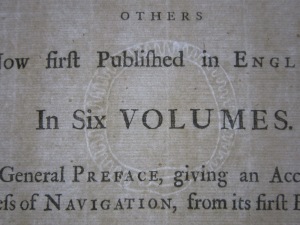
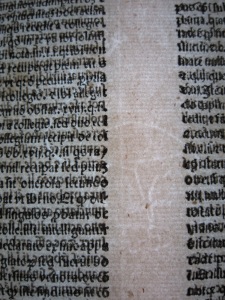
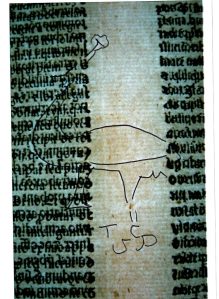
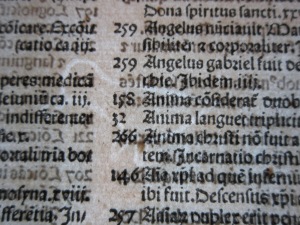
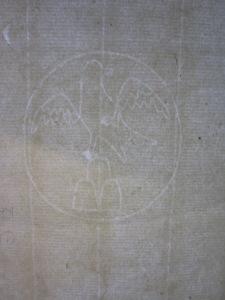
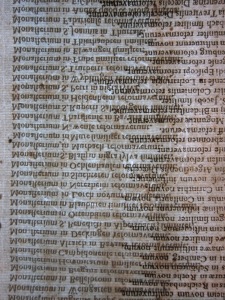


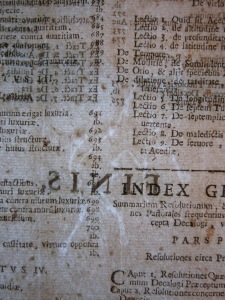
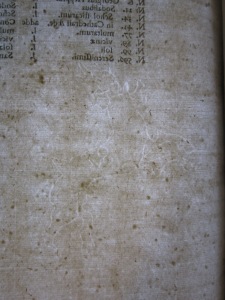
Interesting about all the watermarks – thanks for sharing!
LikeLike
Hello, I have a watercolor etching that has a cluster of grapes watermark, I was trying to find some info on it, I seen the same exact water mark listed on your blog
LikeLike
Hello I was wondering if anyone could possibly tell me a little bit about a watermark I found on a watercolor etching
LikeLike
I left a reply on the blog. Will you get a notification?
LikeLike
HI Carl,
I would probably need to see a photo of the watermark to help you. Can you take a photo and email it to me please?
LikeLike